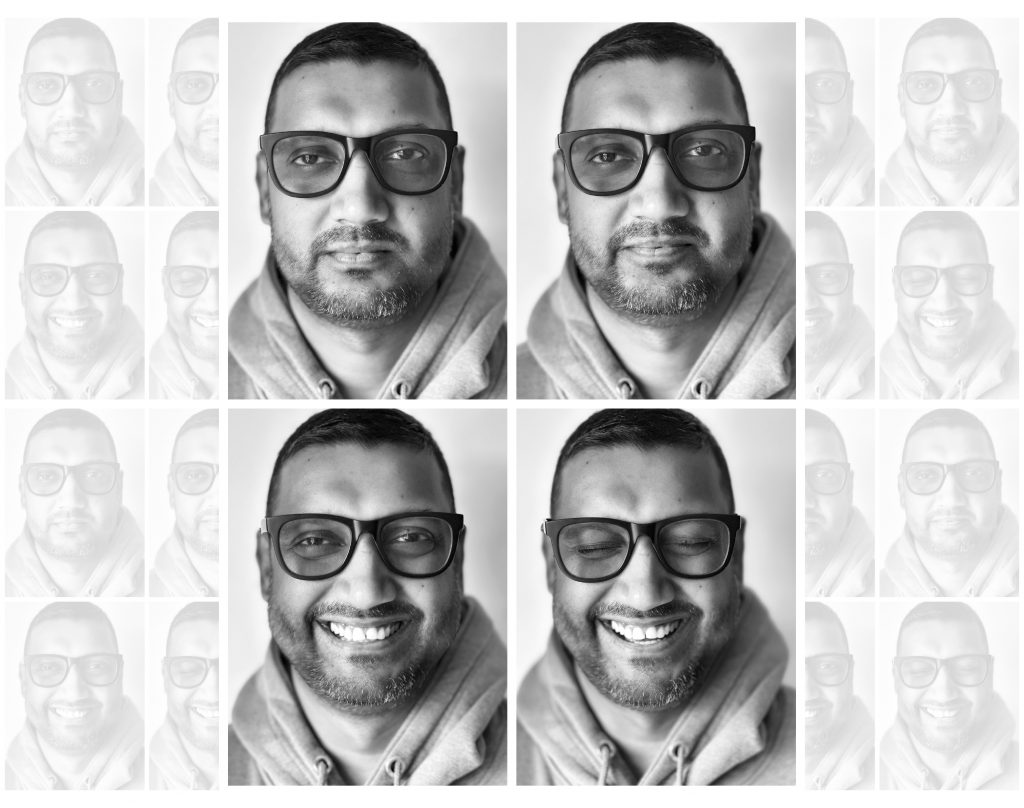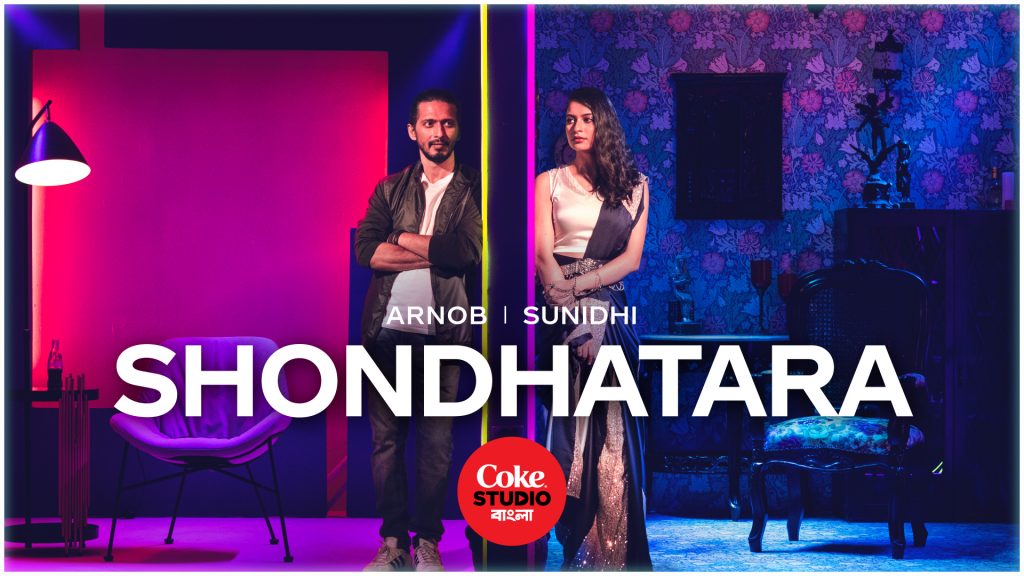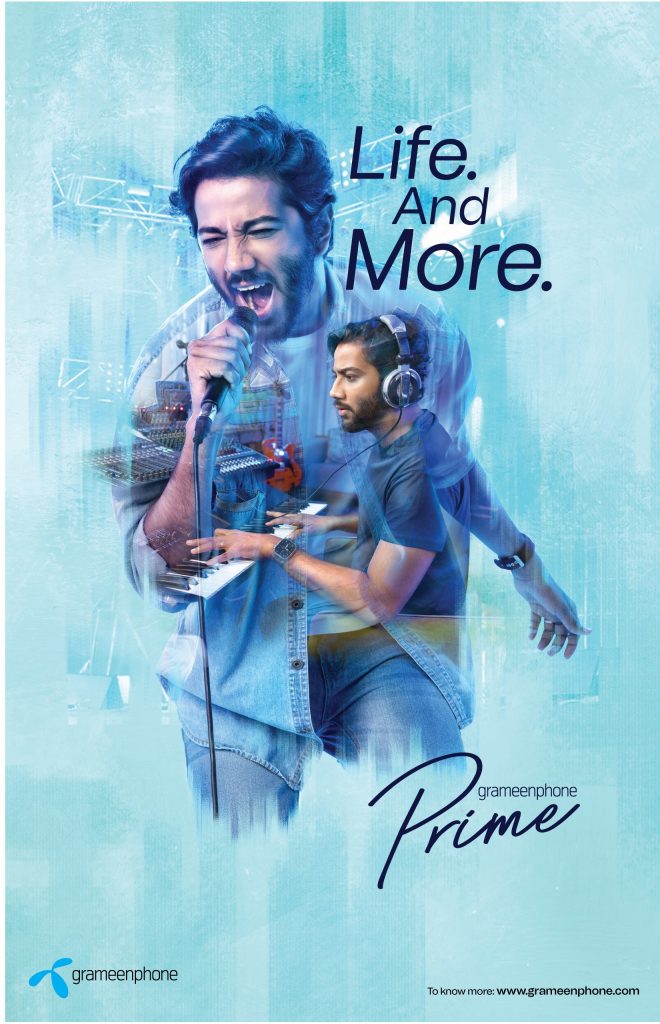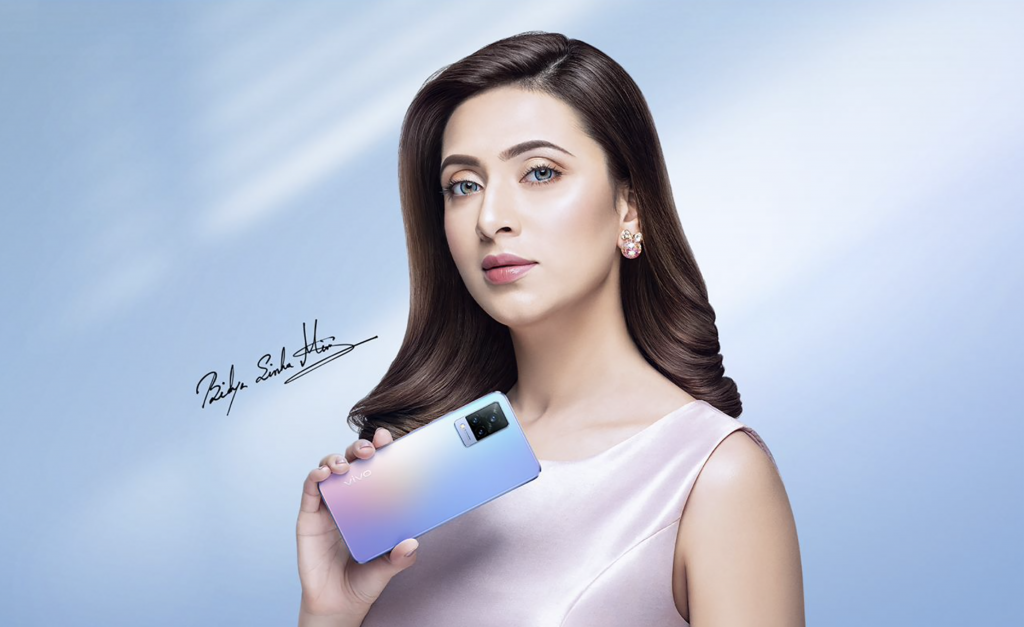
Zia Uddin shares the story of his transformative experience from art direction to becoming the foremost name in advertisement photography.
You have an influential impact in both art direction and advertisement photography. Tell us about this journey.
In 2003, when I was still studying painting, two of my friends asked me if I was looking for some work, and whether I would be interested in assisting in an art direction project. I knew little about art direction, but they gave me a brief idea about the job, and I was able to complete it successfully. I liked the work and kept at it, so I guess that’s how it all started.
In the beginning there were a few things I had to learn. For example, for indoor shoots, knowing about interior design is important. As a student of Fine Arts, I understood framing and composition and could decorate a zone for a shot, but that wouldn’t be enough to fulfil the overall vision.

So, I took a short course on interior design which helped me gain a bit more confidence and took me a long way. Soon, I was leading the art direction in several projects, and continued to strive to improve myself so that I could sustain in the market.
I started studying lenses because I was noticing that shots framed in a particular lens, say 15 mm, seemed to fall short when looked at through an 85 mm or 24 mm lens. I spoke with a DOP about this and he suggested I buy a camera and a few lenses and experiment with frames myself. I did, and realised that changing the lens changed everything. I experimented with lenses a lot, trying to figure out the adjustments that were needed in the set, and through that process I discovered that photography was a lot of fun. You could say that was the beginning of my journey into advertisement photography.
How did you improve your photography skills from being a novice to being the go-to name in the industry?

It took some time. At first, my shots came out overexposed or underexposed. I started thinking of doing a course on photography, but there weren’t many institutions back then. I consulted with a friend who introduced me to Mohammad Rakibul Hasan – a great photographer, and a very friendly person. You’ll understand how knowledgeable he is just by talking to him. He taught me bits and pieces for about a year and would even give me short assignments sometimes.
AS LONG AS THERE IS SOMETHING TO BE LEARNED FROM A PICTURE, REGARDLESS OF WHETHER IT WAS SHOT BY A VETERAN OR A NOVICE, IT GIVES ME THE DRIVE TO DEVELOP MYSELF FURTHER.
I bought a digital camera and began taking loads of photos behind the scenes for every TVC or commercial I was working on. I never realised it back then, but that was the beginning of my transition from art direction to advertisement photography.
I wasn’t getting paid for taking these shots; photography gave me inner peace. But soon a few agencies asked me to share some of my photos with them and after a while, one offered me payment for my work. At first, I didn’t think much of it, but when they said the payment would be around 10 to 15 thousand taka, I realised the value of my work.
I remember, back in 2008, I was the only one doing wedding photography with a softbox. My clients would call it the ‘magic box’ and that made me realise that good lighting gives better results.

One day, a veteran in the industry asked me if I would be interested in doing advertisement photography. I hesitated at first but then I gave it a shot. The client was very happy with the work, but I realised that this was not for me as this was a specialty I had no knowledge in. So, I went to Mohammad Rakibul Hasan again who recommended a few online courses and a lighting course directly taught by him. For almost 2 years, I focused solely on studying photography, refraining from taking any photos unless it was for learning purposes.
In 2012, I was approached to do a behind-the-scenes photoshoot for a campaign by the Bangladesh Army, and I felt comfortable saying yes. After that project, I was confident that I could do advertisement work.
A pivotal moment for me was working with a team from Malaysia that I assisted for 7 days. During those 7 days, I learned how to properly treat a project – pre-planning, workflow, priorities; the lot. That elevated my skills further.
Ever since then, I have been doing advertisement photography. I also started my own business, Zia Photography, which I now run with my wife. Zia Photography has been very successful and we have done ad shoots for almost every major brand in the country.
Tell us about the dynamic between you and your wife that makes your business partnership work so well.
t is a fantastic experience that I cannot describe in words. I do the creative work, and she manages the business. This helps me a lot because if I had to worry about payments, bargaining and negotiations, it would hamper my creativity significantly. I used to have to do this before and I know it dampens the spirit and causes delays.
The way we have set up operations, I take the creative lead and the rest of the business is handled by my wife. From then on till the day the photos are delivered, my work is only to take photos, and she handles payments. For her, since she studied business, this is her practice. If she worked 9 to 5 elsewhere, we would be spending a lot less time together.
IF YOU WANT TO BE A GOOD PHOTOGRAPHER, IT IS ESSENTIAL TO GROOM YOURSELF. YOU SHOULD START WITH THE BASICS; TAKE A FOUNDATIONAL COURSE ON PHOTOGRAPHY AND GET PROPER GUIDELINES.
My wife has worked at several agencies before; that is the field that she built her career in. When I realised that we could be doing this together, and as agencies were already familiar with us both, I knew that this partnership would work seamlessly. Having her on board is a big relief and a beautiful blessing.
Who has been your biggest inspiration?
If there is one person in Bangladesh who has inspired me to pursue photography, it is Rakibul Hasan. He is my idol, not only for his photography, but for his personality, his gentle mannerisms, and work ethic. Generally speaking though, if you ask what particular kind of work have inspired me, I would say, I’m inspired by all kinds of work.
However, I try my best to only be influenced by good work. Since we work in so many different genres, we see a variety of executions. As long as there is something to be learned from a photo, regardless of whether it was shot by a veteran or a novice, it gives me the drive to develop myself further. One of my teachers at Charukola gave me this advice once; observe everything that is good, because studying the bad will inevitably affect your work.

Drawing from your own experience and approach when you started, what are some good practices to adopt for newcomer photographers?
If you want to be a good photographer, it is essential to groom yourself. You should start with the basics; take a foundational course on photography and get proper guidelines. If you were to do it all by yourself, it would take you forever and frustration will creep in.
My advice would be to attend as many workshops as possible and practise beforehand. Never experiment on the day of the shoot. Also, always take care of your health and remain physically fit. While you may be able to shoot for long hours now, this is not sustainable and it will hurt you in the future. The way we organise our shoots, we start work at 10 am, and wrap up by 7 pm. This means we always have to be well-prepared, but ensures we never burn out.
Many newcomers today have budget issues. Beginners, in general, should not be adamant about charging high. The right approach should be to develop the work and increment according to the scale of production. If you maintain good work quality, your reputation will improve and so will your standard. At the same time, know your worth. Your creativity is valuable, so is your gear. Factor everything in when you quote your prices.
At the end of the day, what we do is teamwork. Everyone; clients, agencies, producers, costume designers, makeup artists will have their input. When the team is built well, the photos will turn out well.
Photographs: Courtesy of Zia Photography
